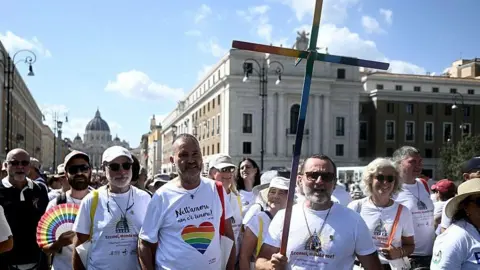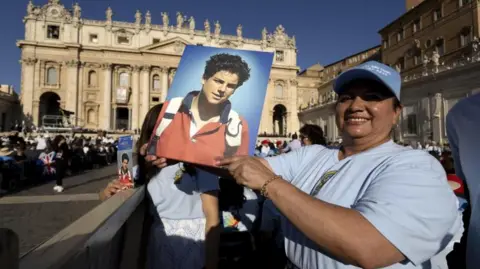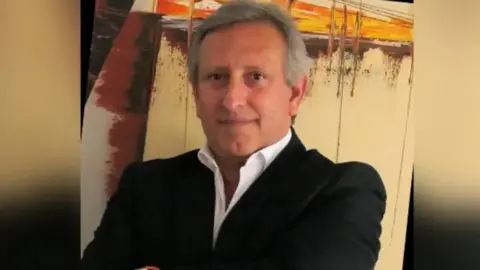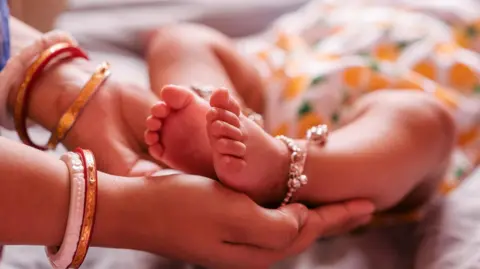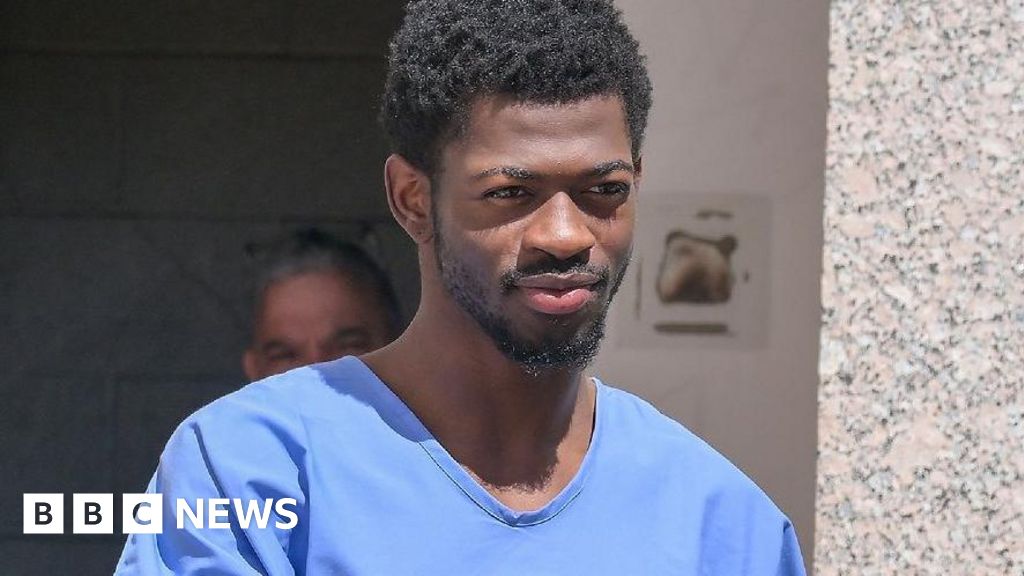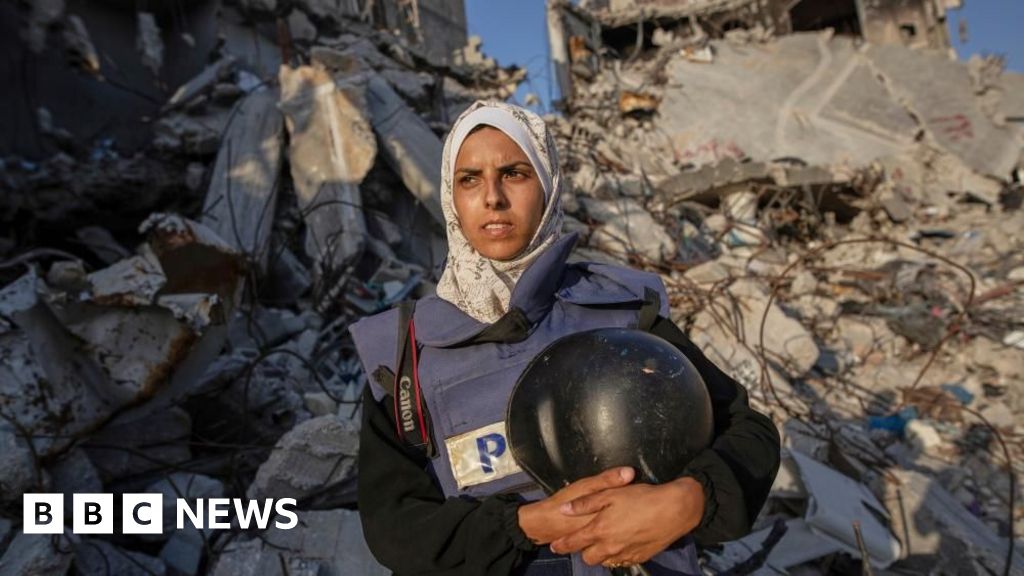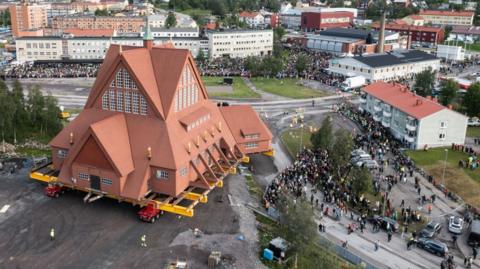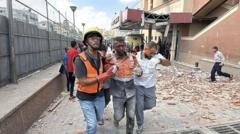The Catholic Church is in a state of heightened concern as Pope Francis, aged 88, continues to fight for his health at the Policlinico Agostino Gemelli in Rome. Currently under treatment for a severe lung infection, coupled with pneumonia in both lungs and a recent indication of mild kidney failure, Francis’s condition has sparked discussions about both his prognosis and the ceremonial practices that guide the Church in times of transition.
As of Monday, the Vatican reported that the Pope had shown signs of responsiveness after a period of rest. Spiritual gatherings are underway, including a rosary led by cardinals at St. Peter’s Basilica in his honor. However, the medical challenges he faces raise significant questions about the future.
In the event of the Pope's passing, the rituals dictating the process of mourning and succession are well established. The confirmation of death follows a confirmation by the Vatican health department and the cardinal chamberlain, who assumes authority over Church affairs immediately. Following this, the Pope’s body is typically dressed in a white cassock and transported to a designated area for mourning.
During such critical moments, the age-old protocols ensure that the Church maintains order and dignity, as uncertainty hangs heavy in the air. A new medical update on Pope Francis's condition is anticipated on Monday evening, as the global community holds its breath regarding his health and the future of the papacy.











